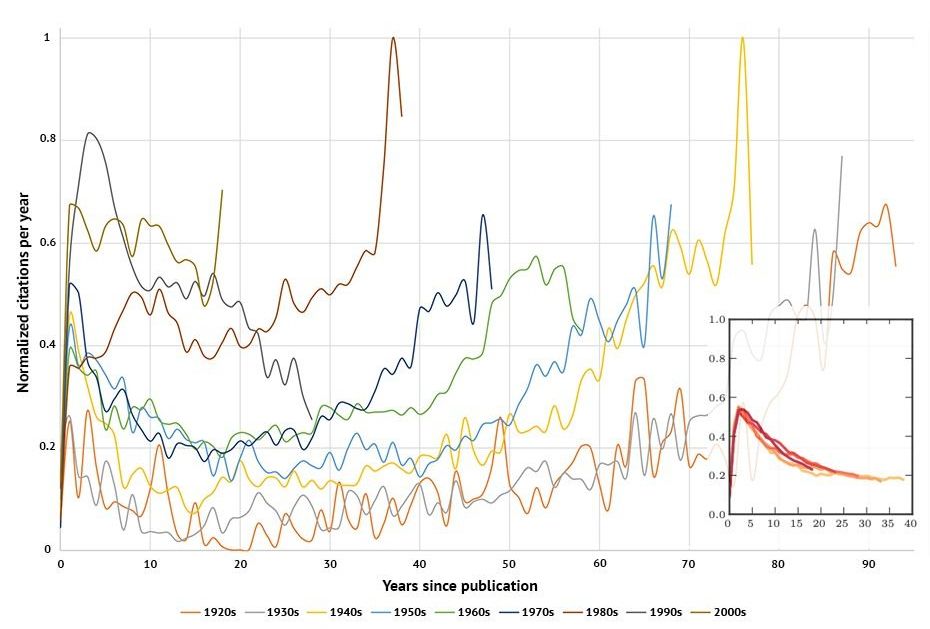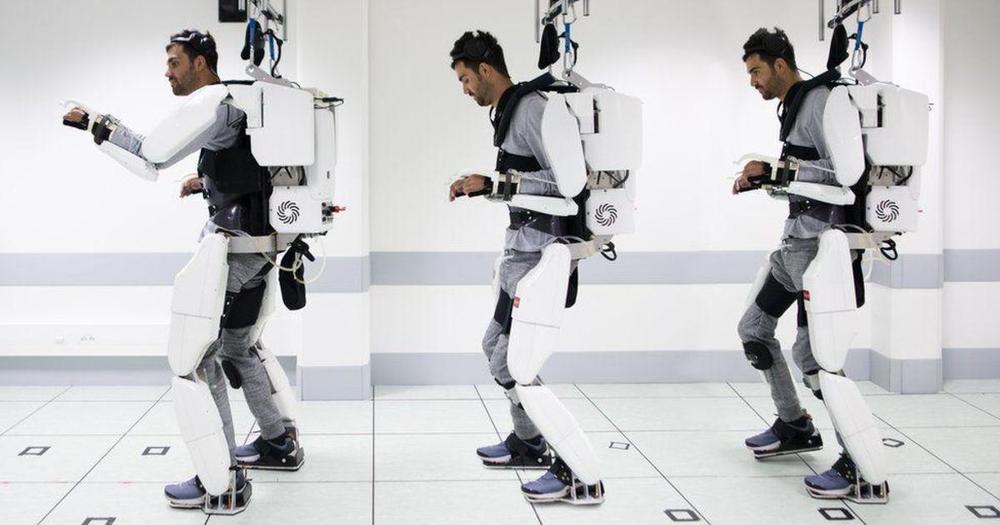In an experiment, DeepMind researchers investigated the extent to which AI agents could generalize learned knowledge to unseen tasks.
Get the latest international news and world events from around the world.


‘Goliath Is Winning’: The Biggest U.S. Banks Are Set to Automate Away 200,000 Jobs
Over the next decade, U.S. banks, which are investing $150 billion in technology annually, will use automation to eliminate 200,000 jobs, thus facilitating “the greatest transfer from labor to capital” in the industry’s history. The call is coming from inside the house this time, too—both the projection and the quote come from a recent Wells Fargo report, whose lead author, Mike Mayo, told the Financial Times that he expects the industry to shed 10 percent of all of its jobs.
Gene Therapy part 2 with Liz Parrish
Regenerativa no asociada egos narcisistas o cánones de belleza pagada bien doctora liz bien.

U.S. Air Force scientists developed liquid metal which autonomously changes structure
As reported by the U.S. Air Force Research Laboratory, military scientists have developed a “Terminator-like” liquid metal that can autonomously change the structure, just like in a Hollywood movie.
The scientists developed liquid metal systems for stretchable electronics – that can be bent, folded, crumpled and stretched – are major research areas towards next-generation military devices.
Conductive materials change their properties as they are strained or stretched. Typically, electrical conductivity decreases and resistance increases with stretching.


CERN Open Days Cultural programme in the Main Auditorium
The next big questions in particle physics, a talk by CERN’s Director-General, Fabiola Gianotti.
- Set-up: regular talk with wash out lights and with one hand mic — ppt Presentation no sound — English translated to FR.
